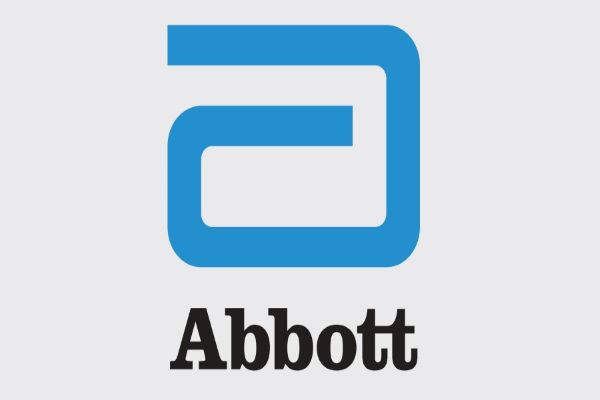Abbott's first-of-its-kind i2i technology enables synchronized communication between two leadless pacemakers

Abbott announced it has received CE Mark in Europe for the AVEIR dual chamber (DR) leadless pacemaker system, the world's first dual chamber leadless pacemaker that treats people with abnormal or slow heart rhythms.
Approximately 49 million people are living with cardiovascular disease in the European Union, and it is estimated that 14.4 million people 65 and older will have atrial fibrillation by 2060. AVEIR DR is a breakthrough innovation that enables the world's first beat-to-beat, wireless communication between two leadless pacemakers, designed to address the needs of people living with abnormal heart rhythms and expand treatment options in Europe.
The AVEIR DR leadless pacemaker system utilizes a new method of delivering dual chamber therapy as it is comprised of two unique devices – one that paces the right ventricle (AVEIR VR) and one that paces the right atrium (AVEIR AR). Each device is roughly one-tenth the size of a traditional pacemaker and smaller than a AAA battery.
"Receiving CE Mark for AVEIR DR is a historic moment in European cardiac care. This technology redefines how we approach the treatment of heart rhythm abnormalities," said Professor Reinoud Knops, M.D. PhD, from the department of cardiac electrophysiology at the Amsterdam University Medical Center. "As the world's first dual chamber leadless pacemaker, AVEIR DR is a game changer, expanding our capacity to address complex heart conditions, and significantly reducing complication risk3 and enhance patient comfort."
Through Abbott's proprietary i2i (implant-to-implant) communication technology, AVEIR DR provides synchronized pacing between two leadless pacemakers on every heartbeat based on a person's clinical needs. The i2i technology utilizes high-frequency pulses to relay messages via the naturally conductive characteristics of the body's blood between the paired, co-implanted devices. Conductive communication uses far less battery current than inductive, radio-frequency, or Bluetooth® communication, which are alternatives often used in implantable medical devices or traditional pacemakers.
"Since its inception, pacemaker technology has remained fundamentally unchanged as seamless synchronization of two leadless pacemakers has been a significant challenge," said Leonard Ganz, M.D., divisional vice president of medical affairs and chief medical officer at Abbott's cardiac rhythm management business. "AVEIR DR addresses a critical need for people living with slow heart rhythms and enhances people's quality of life with its revolutionary leadless design."
The AVEIR DR i2i Global Clinical Investigation study showed that AVEIR DR met its three prespecified primary endpoints for safety and efficacy. Results through three-months post-implant showed a 98.3% system implant success rate and more than 97% of people had a successful atrio-ventricular synchrony, so that the upper and lower chambers were beating normally, despite different postures and gaits.
The AVEIR DR leadless pacemaker system received U.S. FDA approval in June 2023.

Subscribe To Our Newsletter & Stay Updated